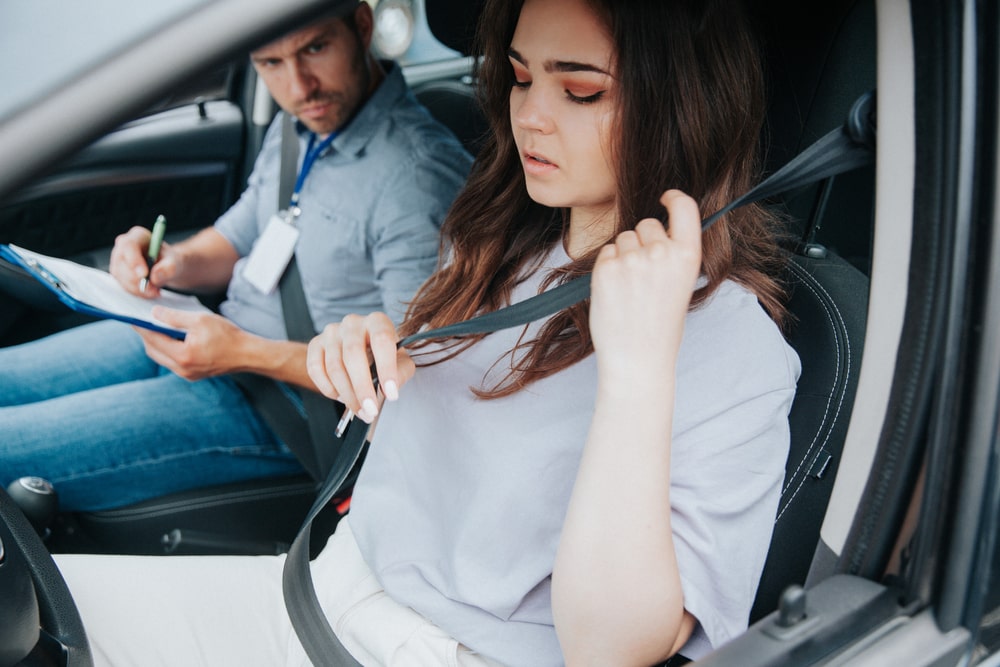
Getting a driver’s licence in Alberta is an exciting milestone, but understanding the different classes and their requirements can be a bit confusing. If you’re planning to obtain your driver’s licence in Alberta, you’ll need to navigate the province’s Graduated Driver Licensing (GDL) program. This program is structured to give new drivers ample practice and experience before they can drive independently with fewer restrictions.
In this guide, Riverbend Registry will explain the differences between a Class 7 and a Class 5 driver’s licence so you can navigate the licensing process with ease!
Class 7 Driver’s Licence
A Class 7 driver’s licence is the first step in Alberta’s Graduated Driver Licensing (GDL) program. It’s designed for new drivers who are just starting their journey on the road.
Eligibility and Requirements:
- Age – Applicants must be at least 14 years old.
- Knowledge Test – To obtain a Class 7 licence, you must pass a knowledge test on Alberta’s traffic laws, road signs, and safe driving practices. This test is typically a multiple-choice exam.
- Vision Test – A vision test is also required to ensure you meet the minimum vision standards for driving.
Restrictions:
- Supervised Driving – As a Class 7 driver, you must always be accompanied by a fully licensed driver who is at least 18 years old and seated next to you.
- Zero Alcohol Tolerance – You must maintain a blood alcohol concentration (BAC) of 0% while driving.
- Curfew – Driving is prohibited between midnight and 5 AM unless you are accompanied by a fully licensed driver.
Class 5 Driver’s Licence
A Class 5 driver’s licence is the next level in the GDL program and allows for more independence and responsibility on the road.
Eligibility and Requirements:
- Age: Applicants must be at least 16 years old.
- Class 7 Experience: You must have held a Class 7 licence for at least one year.
- Driving Hours: Completing the required number of driving hours typically includes a combination of supervised and independent driving practice.
- Road Test: To upgrade to a Class 5 licence, you must pass a road test. This practical exam assesses your driving skills, including your ability to operate the vehicle safely, obey traffic laws, and demonstrate good driving habits.
Benefits
- Independence: Unlike the Class 7 licence, a Class 5 licence allows you to drive unsupervised.
- Fewer Restrictions: You no longer have a curfew and can drive with passengers under certain conditions.
Key Differences
- Age Requirements: The minimum age for a Class 7 licence is 14, whereas it’s 16 for a Class 5 licence.
- Supervision: Class 7 drivers must always be supervised by a fully licensed driver, while Class 5 drivers can drive independently.
- Tests: To get a Class 7 licence, you must pass a knowledge and vision test. For a Class 5 licence, you need to pass a road test.
- Driving Hours: Class 5 applicants must complete a required number of driving hours, which is not required for Class 7.
- Restrictions: Class 7 drivers face more restrictions, including zero alcohol tolerance and a curfew, which do not apply to Class 5 drivers.
You can smoothly transition from a learner to an independent driver by meeting the requirements and following the steps outlined above. Whether you’re aiming for your Class 7 or Class 5 licence, diligent practice, seeking help when needed, and maintaining a clear mindset are essential.
At Riverbend Registry, we provide exceptional service to make it easy to get on the road or to maintain your daily driving without any hassles or unexpected fees. We offer a wide selection of driver licensing services so you can do all that you need in one visit.
Happy driving!